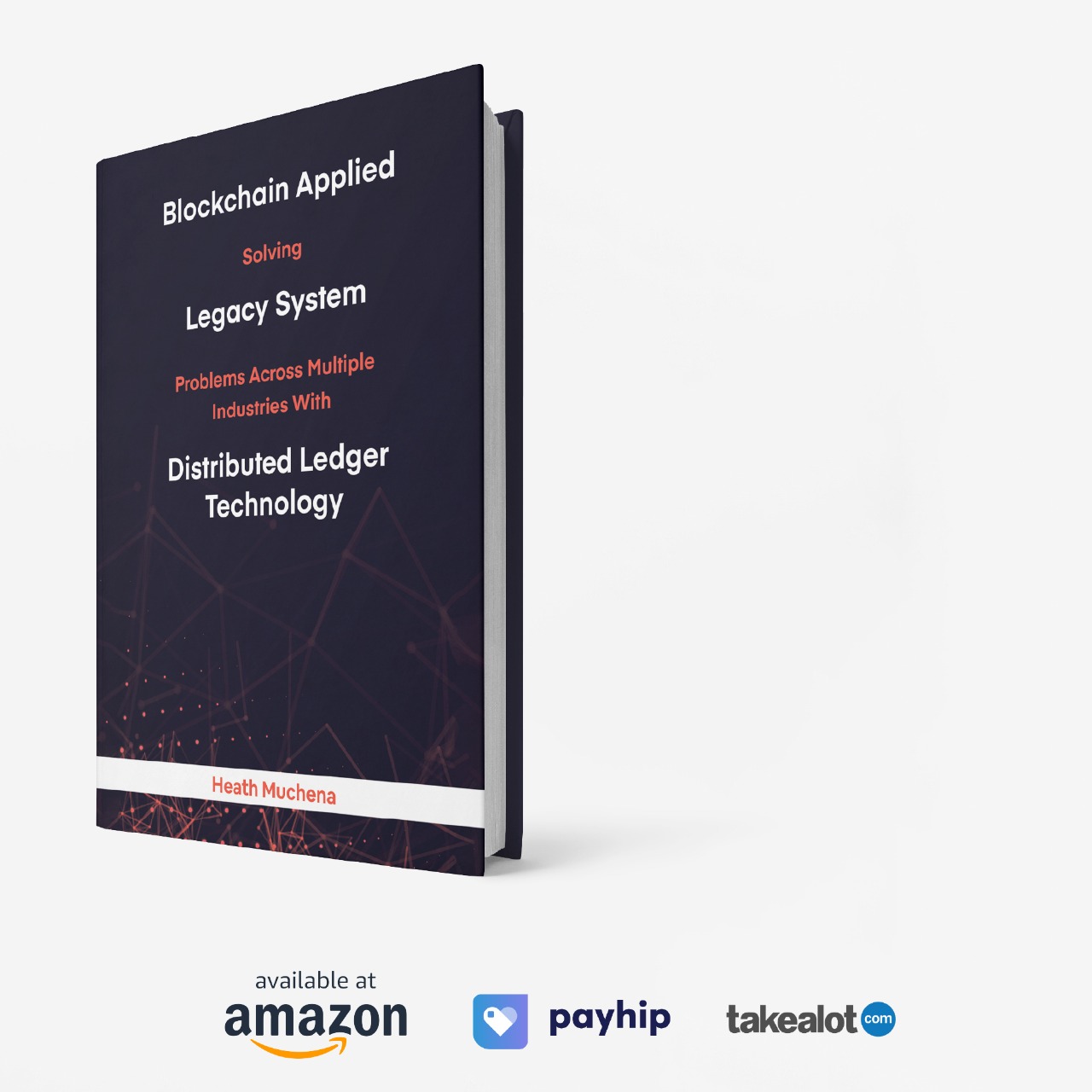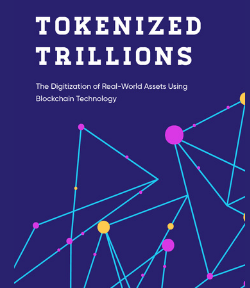
How Virtuals Protocol Turns AI Agents into Tradable Assets
Tokenizing Intelligence: Deep Dive on Virtuals Architecture.
Imagine buying a share in an autonomous digital entity that learns, interacts, transacts, and generates revenue—just like you might invest in a company. That’s the vision of the emerging “agentic finance” era: AI agents not as passive tools but as assets. Gone are the days when bots simply executed a fixed script. Instead, these agents evolve, plan, learn, act—and crucially, earn.
Virtuals Protocol is at the forefront. Built on the Base Layer-2 chain, the platform allows users to create, co-own, and trade AI agents. Each agent is launched with its own token; ownership becomes fractional; upside becomes measurable. For investors and users alike, this is not just automation—it’s ownership.
Deep Dive on Virtuals Architecture

Tokenization & Co-Ownership
At its core, Virtuals Protocol enables each AI agent to be mint-paired with a dedicated token. When a new agent is launched, 1 billion tokens specific to that agent are created. These agent tokens represent ownership in that agent’s future performance. Holders share in its revenue, influence its development, and participate in its upside.
Creators lock a certain amount of VIRTUAL (the protocol’s native token) and launch a bonding curve that transitions to a liquidity pool once thresholds are met. This mechanism aligns incentives: early supporters, developers, stakers—all take part in the agent’s journey.
The GAME Framework

Underpinning the platform is the proprietary G.A.M.E. (Generative Autonomous Multimodal Entities) framework. It’s the decision-engine layer that gives agents agency. Input: agent’s personality, goal, memory, environment. Output: action sequence (execute trades, manage assets, interact in social/virtual worlds).
This goes beyond simple logic. Agents built via GAME can act across multiple platforms—chat interfaces, games, streaming environments—while maintaining persistent memory, executing wallet transactions, and adapting over time. Virtuals’ vision: AI agents that are truly autonomous financial or social actors.
Launch Mechanics
- Creators select Base (or permissible network) and specify the agent’s token, name, ticker, and behavior.
- Fee in VIRTUAL is locked; agent token is paired with VIRTUAL via bonding curve → LP.
- Revenue model: when users interact with the agent (subscriptions, inference calls, game-plays), payments are made in VIRTUAL. Smart contracts allocate shares of revenue, trigger buy-backs of agent tokens, and distribute to token holders.
- Governance: VIRTUAL holders vote on protocol-wide matters; agent token holders govern agent-specific parameters (emission, features, upgrades).
Token Model: VIRTUAL Utility & Agent Tokens

VIRTUAL Token
- Acts as the foundational utility token: required for launching agents, paying for agent interactions, and pairing with agent-tokens in liquidity pools.
- Staking VIRTUAL earns governance rights and emission rewards from the ecosystem treasury.
- Fixed supply (≈ 1 billion tokens), no inflation planned; many use-cases drive buy-and-burn dynamics.
 Agent Tokens (e.g., SAM, AIXBT, BillyBets)
Agent Tokens (e.g., SAM, AIXBT, BillyBets)
- Each agent token lives in its own market, paired with VIRTUAL.
- Revenue generated by the agent triggers buy-backs or burns of its agent-token supply, creating asymmetry between usage and token supply.
- Ownership of agent-tokens entitles holders to future revenue share and governance over that agent.
- Example: An AI agent named “Luna” might launch as LUNA token, act socially or financially, earn revenue through in-agent services, and distribute value to token holders.
This layered token model—protocol token + agent-specific tokens—means investors can bet on the ecosystem broadly (via VIRTUAL) or selectively back specific agent performants (via agent tokens).
Use Cases: Example Agent Tokens in the Ecosystem
- SAM (“Small Autonomous Motherf*er”)** – a Virtuals agent token launched on Base, embodies entertainment/agent identity layer.
- AIXBT – an agent token focused on market intelligence, data-analysis, and sentiment tracking, issued on the Virtuals layer.
- BillyBets – though associated more with prediction/agent platforms, it illustrates how agent tokens can span sports-prediction verticals and integrate into the Virtuals ecosystem.
- NeuroBro, VaderAI, Acolyt – other anonymised agent-tokens within the Virtuals ecosystem, each with their own functionality, user-base, and revenue model.
These examples show how Virtuals is building a market of agent-tokens: each token corresponds to a unique AI agent, each agent performs real actions, and each token holder holds fractional ownership of that agent.
Risks and Maturity: Nascent Market, Speculative Nature
Despite its innovation, this space remains early stage.
Key risks:
- Utility mismatch: Many agent-tokens currently trade on speculation rather than proven revenue flows. Without robust usage, tokens risk being speculative.
- Token-performance gap: Agent revenues are only just emerging—token price may decouple from agent performance if traction lags.
- Technical & operational risk: Autonomous agents interacting with assets, wallets and users involve security risks, unpredictable behaviors, regulatory exposure.
- Market & regulatory uncertainty: Tokenizing autonomous agents is novel. Regulatory frameworks (financial advice, tokenized assets) remain evolving.
- Over-supply & quality variance: With low barrier to launch, many agent tokens might launch without meaningful capabilities, diluting signal and raising questions of “agent-meme coins.”
So while the model is promising, adoption, auditability and user traction remain key gating factors.
What’s the Worth to Investors & Users?
For investors, agent-tokenization offers a new dimension: instead of merely buying protocol tokens, you can select an individual AI agent to back—bet on its role, performance, niche. Broad-based exposure: VIRTUAL. Targeted bets: agent tokens like SAM or AIXBT. As these agents earn and buy-back tokens, there’s asymmetric upside built in.
For users, the benefit is direct: you are not just using an AI service—you are part owner, aligning incentives with the agent’s success. You earn when the agent succeeds, vote on its evolution, and participate in its ecosystem.
If Virtuals executes effectively—scaling agent utility, demonstrating revenue flows, and managing the token-economics this platform introduces—it could change how we conceive of digital labour and intelligence. Agents won’t just run your apps—they’ll be assets you own. But as with any frontier, the upside is significant and the risks real. Investors and users should understand the model, scrutinize agent tokens, and track performance rather than hype.






